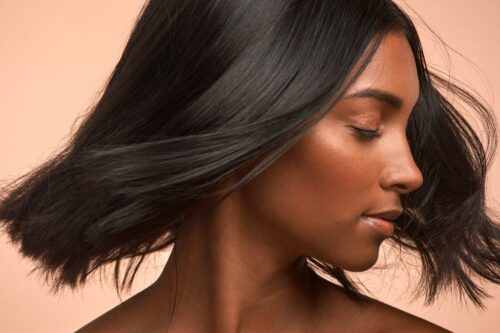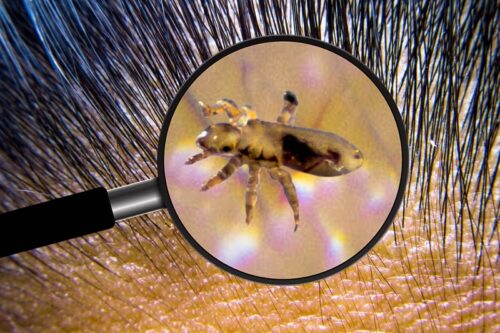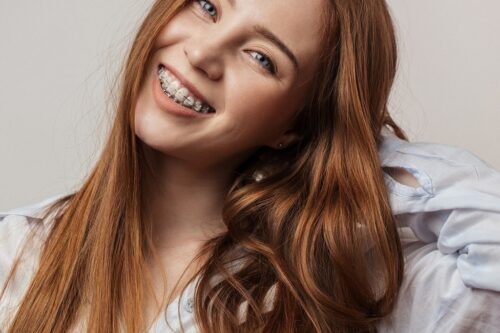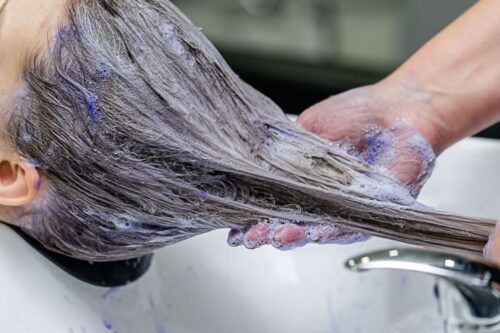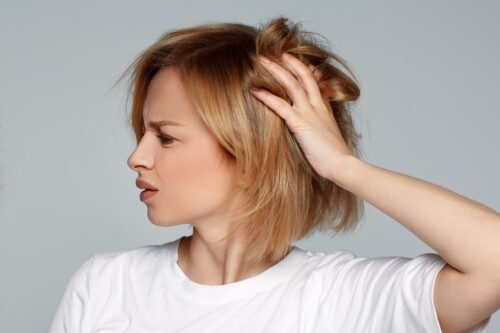You finally dared to go for bleached hair, congrats! Now, you only need the perfect curls, and you can finally achieve the hair of your dreams.
But before you grab that curling iron, here’s one question you need to ask yourself: Can I use heat on my bleached hair?
Worry not! We’ve got all the information you need to know below.
Can I Use Heat on My Bleached Hair?
Yes, you can use heat on bleached hair but only do so moderately. The recommendation is to limit blow dry use to 3 to 5 times a week and other heat styling tools to only at least once a week.
To understand why we have to look at how the bleaching process works.
The oxidizing agents during the lightening process lift the cuticle, the hair’s first layer of protection against heat.
Because of this, your hair strands become more vulnerable to moisture evaporation, which may lead to hair damage upon frequent heat exposure.
How to Protect Bleached Hair from Heat
In addition to limiting heat exposure, it’s also recommended that you take the necessary precautions to protect your bleached hair from the damaging effects of heat styling.
With that said, here are some of the ways to do that:
Apply Heat Protectant
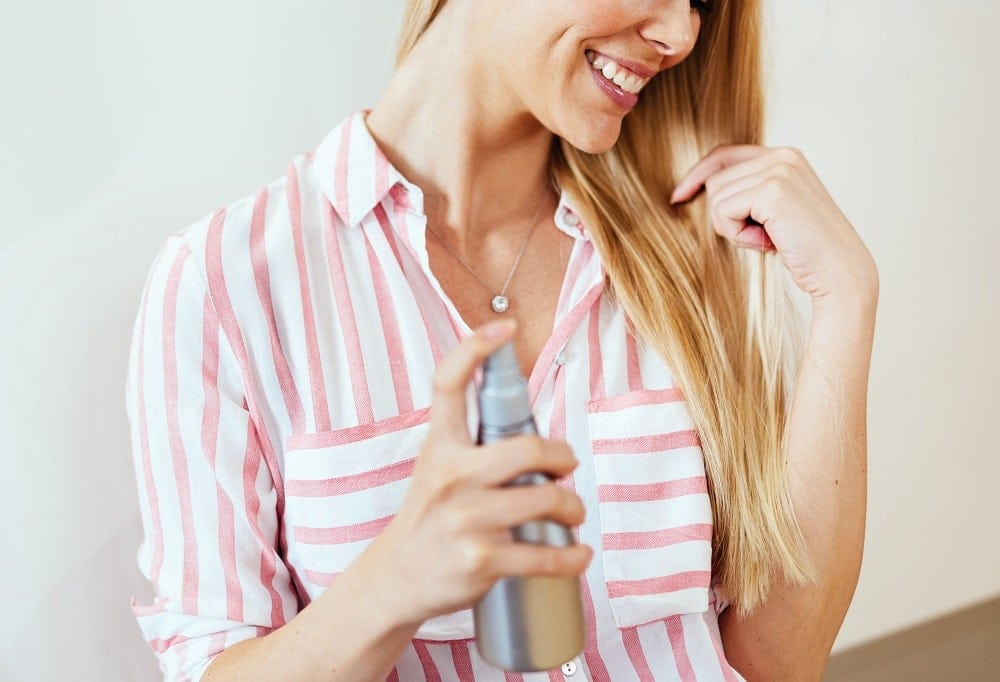
Before blow drying or styling your hair, apply a heat protectant first. Never use a blow dryer, curling iron, or straightening iron without them because heat protectants are formulated to seal in moisture and prevent dryness by adding a protective barrier to your hair strands.
Use the Right Temperature when Styling Your Hair
If you wish to protect your hair from dryness and damage, you must set your heat styling tools at the right temperature.
As a rule of thumb, the optimum styling temperature is between 200 and 300 degrees Fahrenheit.
Since thinner hair is more susceptible to damage, you need to use a lower temperature when styling it. The recommendation is to stay below 200 degrees Fahrenheit when styling thinner hair.
Follow the One-Stroke Rule
This rule indicates that you should only run your tool in the same section of hair only once. While it may seem like you’re reinforcing your hairstyle when you run the styling tool over and over, it can do more harm than good since it increases your risk of hair damage.
One stroke is enough if your styling tool is set at the right temperature.
Use a Hair Mask Regularly
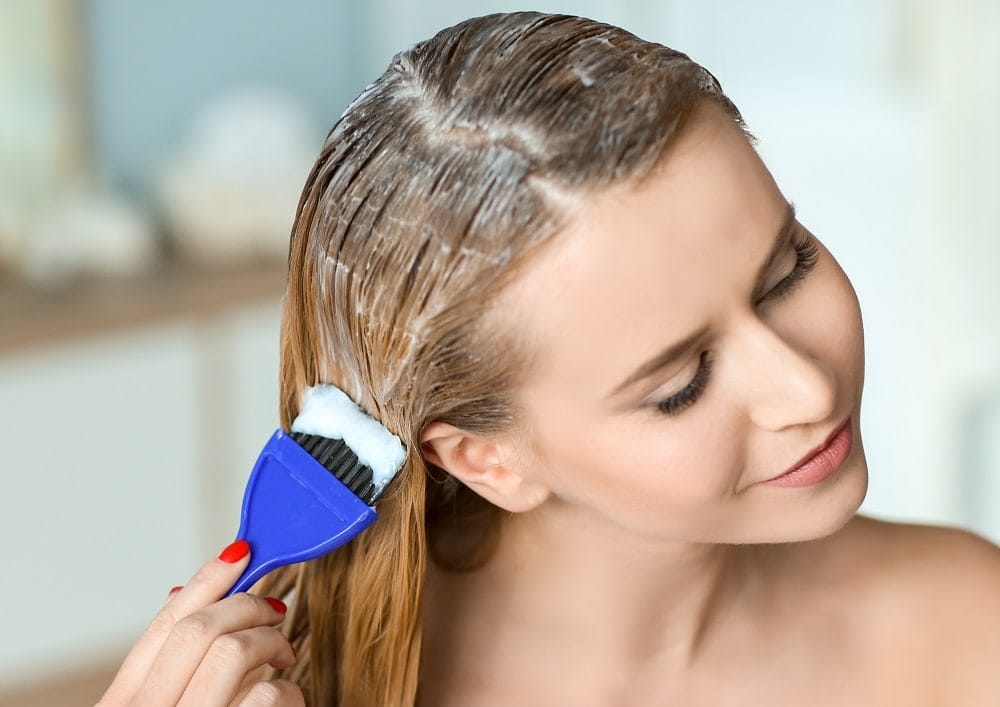
If you want to combat the dryness brought about by heat damage, apply a hair mask at least once a week.
These masks are formulated to replenish your hair’s moisture levels to reduce hair damage and breakage. Not only that, but some hair masks also offer the benefit of minimizing frizz, boosting hair shine and softness, and promoting a healthier scalp and stronger hair.
Invest in High-Quality Styling Tools
To keep your bleached hair as healthy as possible, you must invest in quality styling tools that can protect your hair from heat damage.
When looking for styling tools, some of the technologies you should look for are Nano Titanium Technology, Ionic Technology, Ceramic Tourmaline Technology, Ultra-zone Technology, and Pulse Technology.
How to Take Care of Bleached Hair
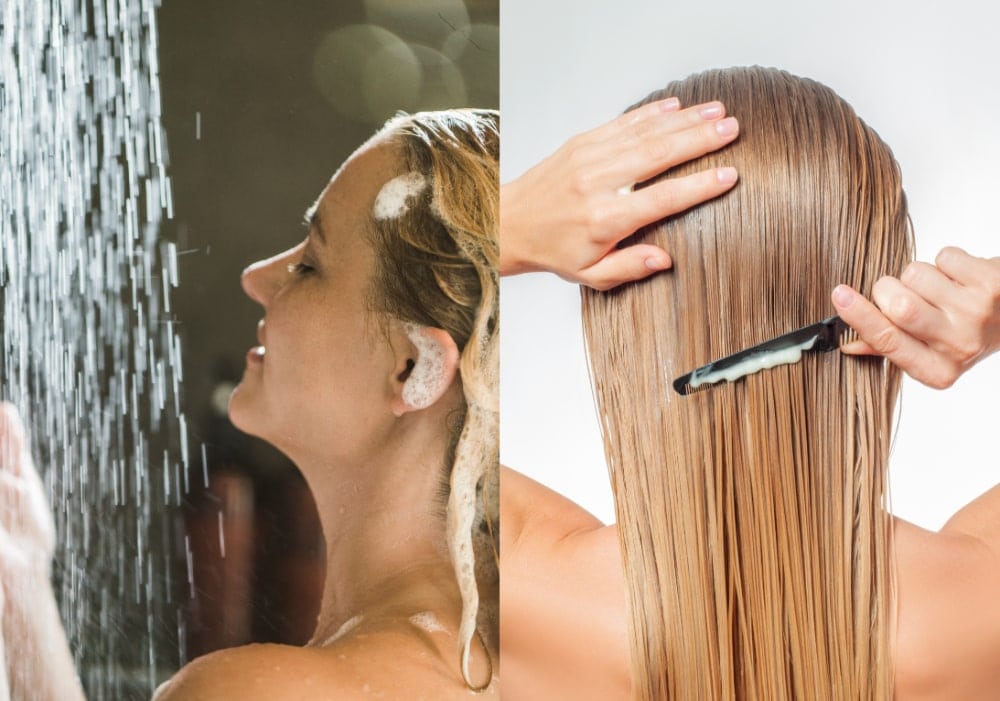
Since the process affects your hair structure, bleached hair needs all the care you can give. With that said, here are the hair care tips you need to know:
Wash Your Hair Less Frequently
Dirt is not the only thing you wash away when you shower. You’re also washing out your hair color and the natural oils that keep your hair hydrated and moisturized.
Because of this, you should limit washing your hair to only three times a week.
If your hair already feels oily, you can simply go for dry shampoo. This product will revitalize your hair and prevent it from looking dull and greasy without affecting your hair’s natural oils.
Use Tepid Water When Washing Your Hair
Hot water opens our cuticles, allowing moisture and color to wash out. To avoid this, make sure to use only tepid water–not too cold nor too hot—when washing your hair
After using shampoo and conditioner, rinse them off with cold water to seal in your cuticles, preserving the moisture and color.
Deep Condition Your Hair from Time to Time
Using regular conditioner may not be enough to keep your bleached hair hydrated. You should do a deep conditioning treatment at least once monthly.
Deep conditioners contain :
- Humectants that bind with water to add moisture to the hair,
- And emollients that create a protective film around your hair strands to prevent moisture loss.
So, Can I Use Heat on my Bleached Hair?
Yes, you can use heat on bleached hair. However, you should only blow dry your hair at least 3 to 5 times weekly and use curling and straightening irons once weekly to prevent hair damage.
Additionally, you must take extra precautions to protect and maintain bleached hair following the tips we’ve shared with you.
Frequently Asked Questions
No. Heat during the bleaching process may cause severe damage, so it should be avoided as much as possible.
A colorist should only use heat during the bleaching process when working on healthy, virgin, and black hair.
If your hair gets damaged during the bleaching process, avoid heat at all costs.
Instead, focus on regaining your hair moisture and strength by using sulfate-free hair products and getting deep conditioning and protein treatments.


